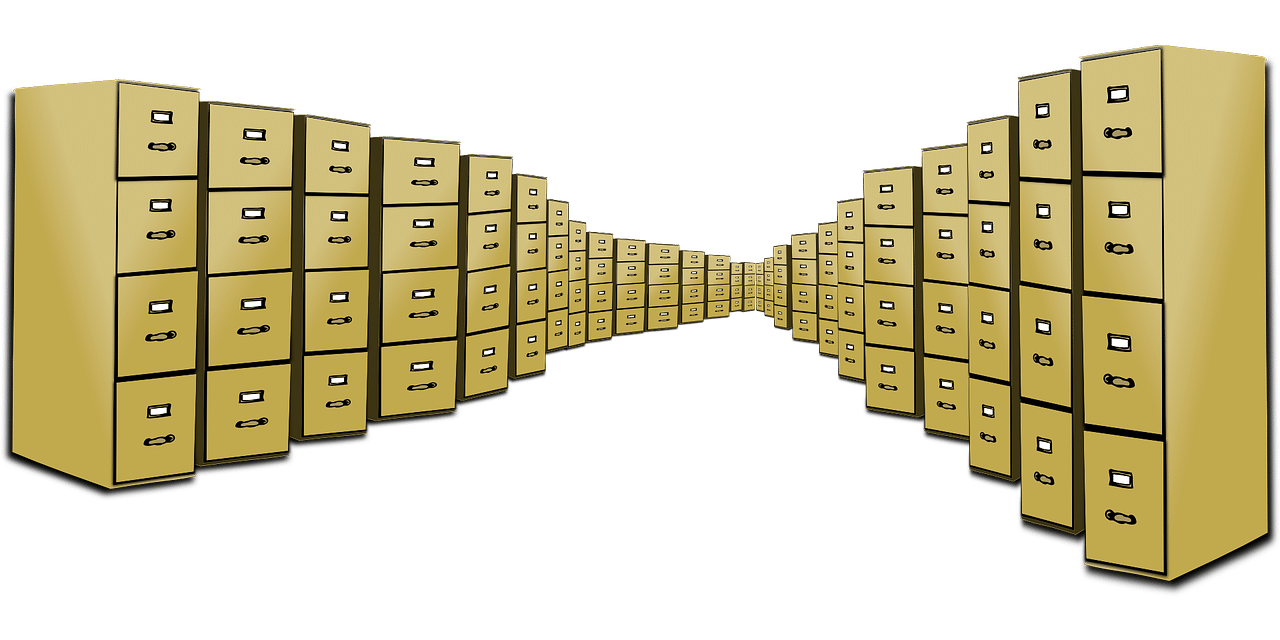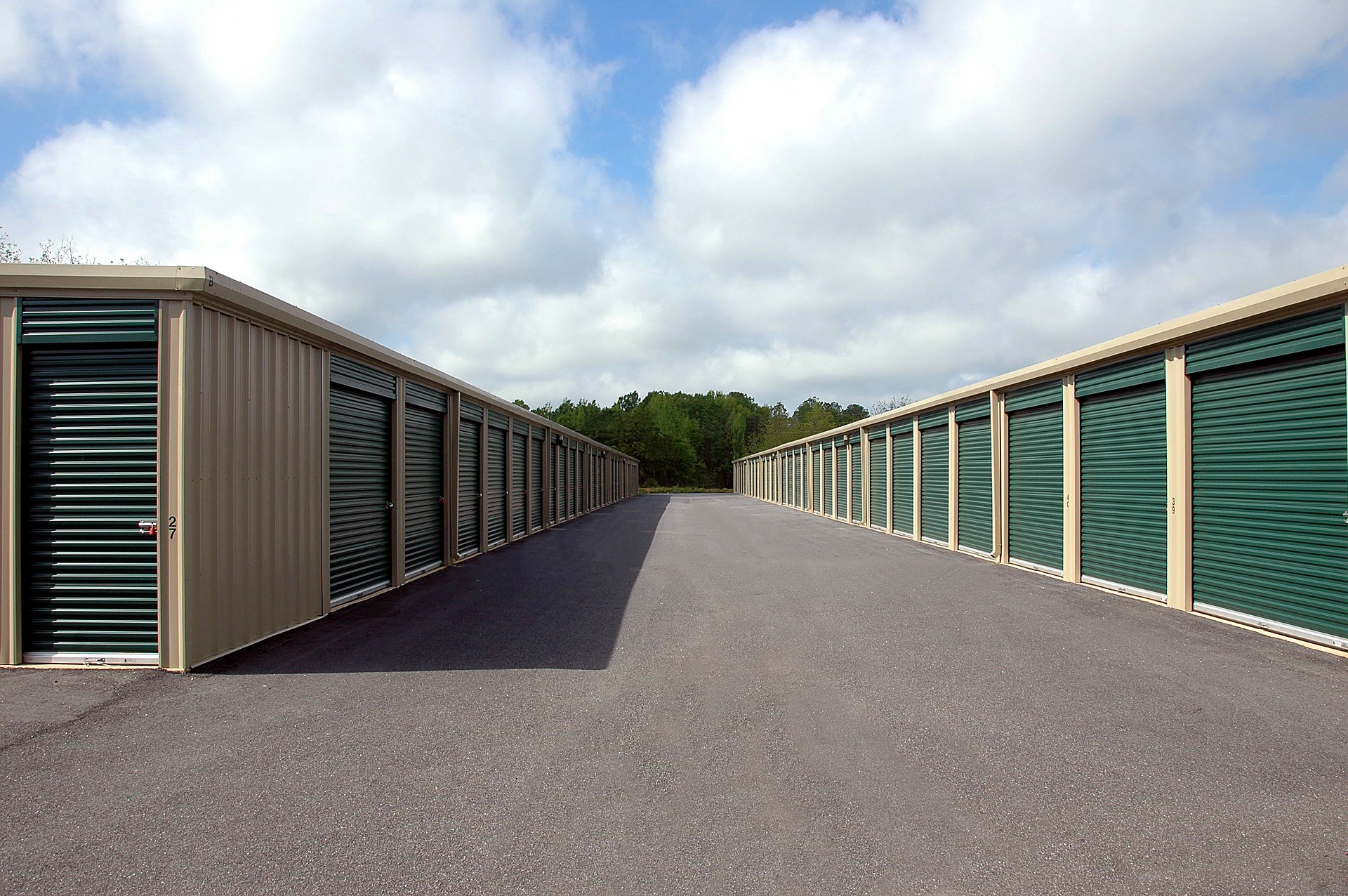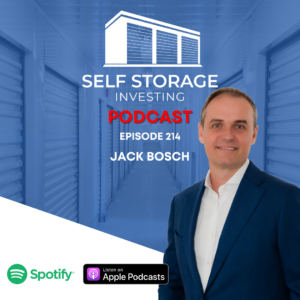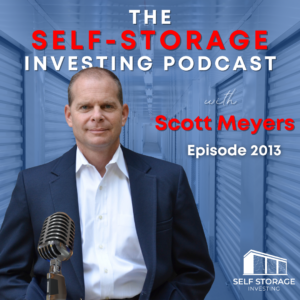In this episode of the Self-Storage Podcast, Jamie Lindau and I discuss the current state of self-storage construction. Jamie is an owner of self-storage facilities and the national sales manager at the Trachte Buildings Systems company.
He is also a designer and manufacturer of pre-engineered and customized steel self-storage properties and has worked on single and multi-story buildings, portable storage spaces, interior partitioning, and boat RV properties. Jamie is well-known for his expertise in the self-storage industry and has been a speaker at our Developer’s Academy.
In this episode, he discusses how the storage industry is reacting to the changes brought on by the pandemic. He shares his insights on how the storage construction economy is undergoing prominent changes and what life after the pandemic could look like.
What Is the Present State of Self-Storage Construction?
Following the Lehman brothers’ downfall in 2008, the recession in the US was quick to occur. As the economy eventually grew stronger afterward, it was not anticipated, as Scott quips, that a little virus would bring it to its feet!
As plans were now being put on hold, Jamie remarks on how he was two days away from getting the final zoning change approval on a big project. Many people like him have been unable to get building permits, and the construction in some states, like Michigan, has closed down.
On the developer side, the pandemic has been a wrench thrown into a machine – that machine will never start quite the same again.

The self-storage industry has not been shielded from the impact of the pandemic, yet it is learning to adjust and proving to be a helpful relief for people looking for rental spaces. Jamie says that he has firm plans to work on existing and new Trachte self-storage projects, no matter what. Those plans took a long time to procure and set up, so he is going to hold on to them.
The pandemic has made self-storage an even more viable business than ever and a necessity for many. Investors can transition to working from their homes without interruption in their business. While many self-storage owners have thought of cutting back on their storage units as a way to save money in the pandemic, taking yourself out of these projects is not a long-term solution, as they will eventually pay you high returns if you hold out.
Why Self-Storage Is Recession-Proof
If your parents live amidst the Rocky Mountains in Colorado and you recently moved home from New York, we bet you’ll need some storage space. The present pandemic has forced many people to move in with their families and work from home. Also, if a struggling business needs time to get back on its feet, your facility can offer a supportive interim space to house its belongings.
The mini-storage industry has gone through recessions in 1981, 1989, 2001, and 2008. The best-case scenario to prepare for the ongoing downturn in the economy is to look to the past for lessons.
At the beginning of a recession, we notice that many people lose jobs, and many commercial businesses are forced to shut down. But it is only a matter of time before those people and businesses begin to work again, move, partake in development, and create a demand for self-storage. The downsizing of living and working spaces translates into high demand for storage facilities.
As affordable housing is increasingly sought-after by the general population, a significant percentage of them end up renting storage spaces. When homeowners move or build a new home, they look for storage rentals for a minimum of eight to nine months. Often, students require self-storage facilities, too, for a few months at a time. Self-storage offers a safe and convenient solution to these people at affordable costs. Every other sector of the economy feels the brunt, but this industry goes on with barely a hitch. The present state of self-storage construction has proved that it is recession-resistant.
Should You Invest in Single-Story or Multi-Story Self-Storage Facilities?
If you are wondering whether you should make an investment in a multi-story facility or have a single-story climate-controlled storage building, Jamie has expert advice to offer:
Not many people are willing to go up an elevator in a storage facility site. While you pay a million dollars to build a multi-story unit, not many people will be happy to rent out spaces on those upper floors unless it’s utterly necessary. The grading costs for the construction can be even higher in hilly areas, making this even less likely to be profitable for some.

People are willing to spend on convenience. Jamie loves outside access climate-controlled units and gets more rent from them than the ones with inside climate-controlled storage services. If you build a single-story storage facility with a drive-through, complete with climate control, you are set to be one of the most popular owners of storage property in your location!
Why a Smaller Market Will Give You Better Returns
As Scott says, business is survival. A mini-storage owner getting two customers a day is winning in the market. On the other hand, if you spend a million dollars on a multi-story building and receive one client a month, you may not make enough money. Instead of having a vacant four-story building, it is beneficial to have a single-story that is rented often and brings in good cash flow.
Investment in a smaller market is seen as more profitable because the market is conservative. Location also matters. Buildings meant for storing boats and RVs that come with outside parking space sell a lot in smaller and medium-sized markets. Additionally, the market on the West Coast is expanding rapidly, as many big-league players build their properties there, and the rents are high. Meanwhile, development in places like Montana, Washington, and Wyoming can typically cost you more per square foot than a site in Texas.
Takeaway
Having been through four recessions, Jamie imparts that people who have been successful in the mini-storage business are courageous and determined. It is not easy, but if you persevere, it can be a very successful and profitable business. Self-storage rental properties resist recessions better than any other business model and continue to generate money consistently.
For more information on how you can succeed in the self-storage industry, check out our FREE Blueprint for tips on how you can generate passive income in the fastest growing real estate sector in the US!



